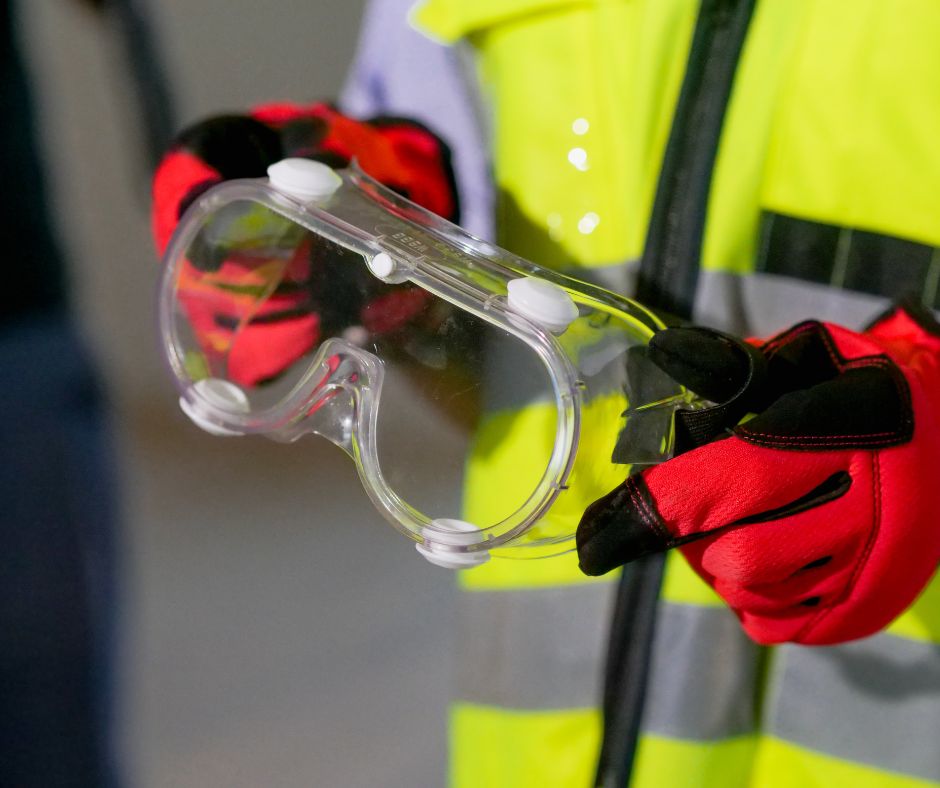
If an organization wants to develop an effective safety culture, it must start with senior management and extend to the least senior worker. And nowhere along the chain of command is safety more important than with managers on the shop floor.
Why? Because these are the visible leaders of the company. They have the best opportunity to provide an example of “walking the walk” when it comes to creating a culture of safety. Of course, each worker must understand that safety is the priority of the job. The ultimate responsibility for a safe work environment lies with the employees as they do their work.
But sometimes managers can distort that view and give off the impression that only the workers’ actions add to a safe workplace. They exude an attitude of confidence that may border on arrogance at times: “I am the most experienced worker on the team, so it’s okay if I take certain shortcuts.”
Workers notice those things, and the results of a strong safety program can get watered down. Here are a few suggestions for avoiding the “monkey see, monkey do” effect:
1. Supervisors should be visibly engaged in safety culture
While almost everyone knows that the most effective managers lead by example, sometimes they don’t realize this also applies to safety. Workers see right through the “do as I say, not as I do” approach, so it’s an ineffectual method of leading. Management’s participation in safety programs must be consistent and visible.
Managers should attend and participate in regularly scheduled safety meetings. They should be involved in communicating their commitment to safety to every new hire during orientation.
2. Develop a shared vision of safety
Everyone on the management team must establish a shared vision of safety. This vision includes safety goals that are given equal emphasis to production goals. And management must be willing to support these goals with the proper resources. This includes safety equipment and training. Make supervisors accountable for following through on safety initiatives. Every member of the management and supervisory staff is tasked with setting the example. They must lead the effort toward meeting the safety goals.
3. Create a safety culture
How do you define safety culture? It’s an organizational culture that places a high priority on safety attitudes, values, and beliefs. Most importantly, these are shared by everyone within the company or workplace. Verbalize this as “the way we do things in our company.” A constructive safety culture leads to improved health and safety in the workplace. Organizations will see a marked improvement in production and performance.
Are you looking to create a safety culture?
For more tips on providing a safe workplace for your employees, check out our website.





